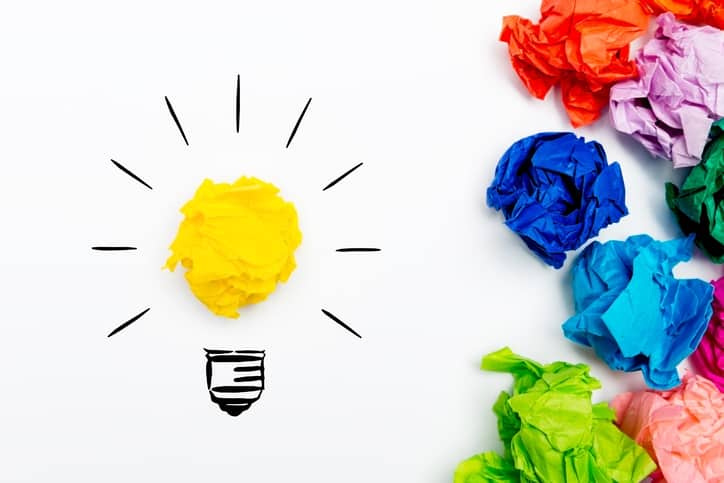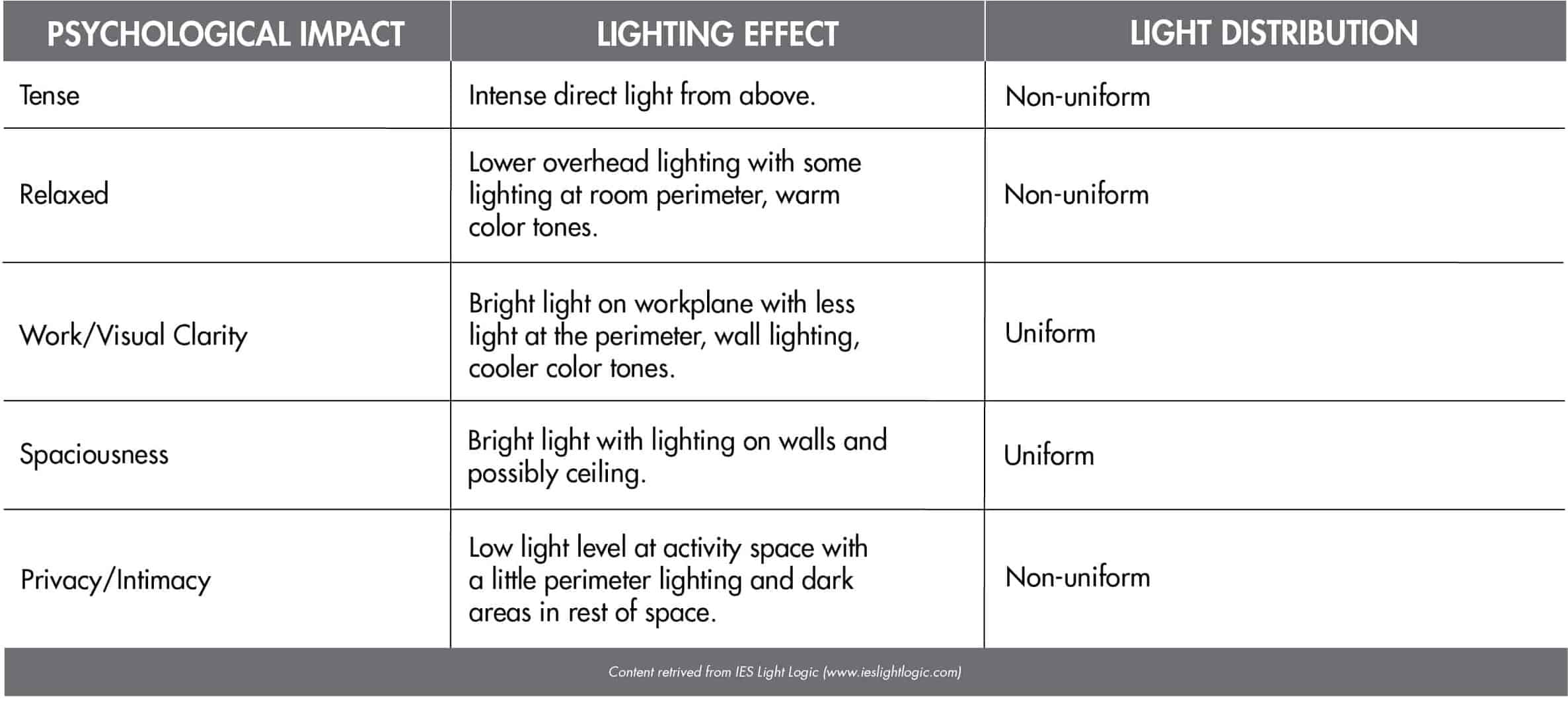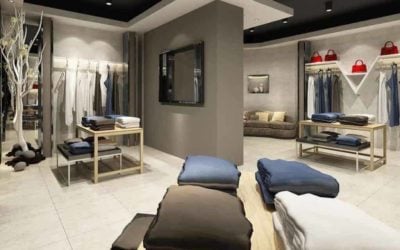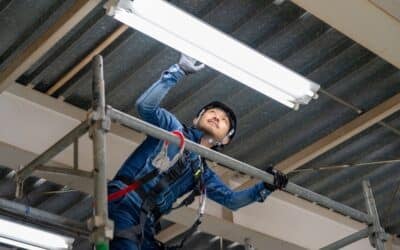The Psychological Impact of Light and Color
When light biologically impacts us, it can improve or disrupt our sleep, cognition and overall wellbeing. It can improve mood and stabilize our circadian rhythms, helping us get a better and deeper nights sleep. Psychologically, light can decrease depression scores and even increase cognitive performance such as reaction time and activation.
Kaplan and Kaplan: Environmental Cognition
Rachel and Stephen Kaplan, both former professors of psychology at the University of Michigan, have conducted numerous studies on the way humans react to their environments. For this particular subject of lighting and psychology, a study they published titled “The Experience of Nature: A Psychological Perspective” includes some interesting findings that can help us better understand the way light can affect us.
Environmental Cognition
This is where lighting can come in. It can be used to highlight building elements, spaces, paintings, textures, etc. that people may find familiar. A brick wall that resembles one in a café a person frequently visits, or a painting that makes you think of the one in your mother’s house. Highlighting areas of an environment to help draw people’s attention can help them find familiar objects, spaces and structures.
“It is also important that a change in texture or brightness in the visual array is associated with something important going on in the scene. In other words, something that draws one’s attention within the scene should turn out to be an important object or boundary…If what draws one’s attention and what is worth looking at turn out to be different properties, then the scene lacks coherence.” – Kaplan and Kaplan, 1988
Brightness, Saturation and Hue
These are the three main qualities of light in relation to color. Brightness is the amount of light given off by a light source, usually expressed in lumens or lux. Some studies have shown that brighter light can intensify emotions, while low light doesn’t remove emotions, but keeps them steady. This can lead to people having the ability to make more rational decisions in low light and find it easier to agree with others in negotiation.
Saturation is the intensity of a color. More saturated hues can have amplifying effects on emotions, while muted colors can dampen emotions. In art, saturation is defined on a scale from pure color (100% [fully saturated]) to grey (0%). In lighting, a similar scale can apply.
Hue is defined as a color or shade. It’s been proven (through various studies) that natural light can make you happier, but colors created by artificial light can also evoke different emotions and have other effects on the body.
Blue/white light makes us energetic and can interrupt sleep patterns if exposed to around bedtime due to the fact that blue light suppresses melatonin levels. Brain cells tend to be the most sensitive to blue wavelengths and the least sensitive to red wavelengths. Blue wavelengths can even have an impact on those who are blind when it comes to circadian rhythms.
Red/amber light is the least likely hue of light to impact our internal clocks. Red light in the evening can help improve mental health. This is because red light in the evening helps increase the secretion of melatonin which leads to better sleep at night. Better sleep at night leads to improved cognition and overall mental wellbeing.
Circadian Rhythm
Circadian rhythm is our internal clock. It influences melatonin secretion, cortisol activity and alertness. As you learned in the previous section, blue light suppresses levels of melatonin, helping us stay awake and alert, while red light increases levels of melatonin, helping our bodies get ready for bed.
When there is a lack of melatonin, people can encounter sleep problems that can eventually lead to behavioral changes. To sustain healthy levels, stay away from blue-hued light towards the end of the day or when you are preparing to go to sleep. This will help levels of melatonin rise, giving you a better night’s sleep.
Circadian rhythms can also affect the limbic system. This system regulates a person’s feelings of happiness, sadness, anger and other emotions. A disrupted rhythm can negatively affect these emotions and more.
Seasonal Affective Disorder (SAD)
SAD is a mood disorder that is caused by symptoms of depression during certain times of the year, usually during the winter. It’s not exclusive to people who have a history of mental illness and can happen to anyone. Some geographic locations have more cases of SAD than others due to the difference in the seasons.
According to the Mayo Clinic, symptoms of SAD include:
- Feeling depressed most of the day, nearly every day
- Losing interest in activities you once enjoyed
- Having low energy
- Having problems with sleeping
- Experiencing changes in your appetite or weight
- Feeling sluggish or agitated
- Having difficulty concentrating
Light therapy is a common treatment method for SAD. There are many types of light boxes that can be utilized, but essentially, you are exposed to a bright light within the first hour of waking up every day. Its purpose is to mimic natural light outside, and studies have shown that it can cause a change in the brain’s chemicals, thus impacting mood.
It’s usually very effective for most people with SAD, but if light therapy doesn’t work, medications and other treatments may be appropriate.
Direction of Light
The direction of a light source can transform spaces and impact the way people feel in these spaces. Lighting positioned above eye level can create a feeling of restraint, creating a more formal atmosphere. On the other side, lighting positioned below eye level can provoke a feeling of individual importance, creating a more informal atmosphere.
The chart below from the Illuminating Engineering Society (IES) shows various lighting effects and how they can impact a space:
Related Articles
Enhancing Retail Spaces with LED Lighting Solutions
Effective retail lighting is essential for attracting and retaining customers, as it influences customer behavior, mood, and overall shopping experience. The Impact of Light Design on Customer Behavior Lighting plays a pivotal role in shaping how customers interact...
Lighting Maintenance in Industrial Facilities
Managing a warehouse facility is more than just keeping shelves organized. The lighting that constantly surrounds the people and products play a big part in the well-being of the business. Lighting maintenance in industrial facilities helps ensure safety, reduce...
Improve Learning Environments with LED Lighting Solutions
Creating an optimal learning environment requires more than just desks and whiteboards – lighting plays a crucial role in shaping students' focus, energy levels and overall well-being. Schools that insist on high-quality LED lighting solutions can enhance student...









